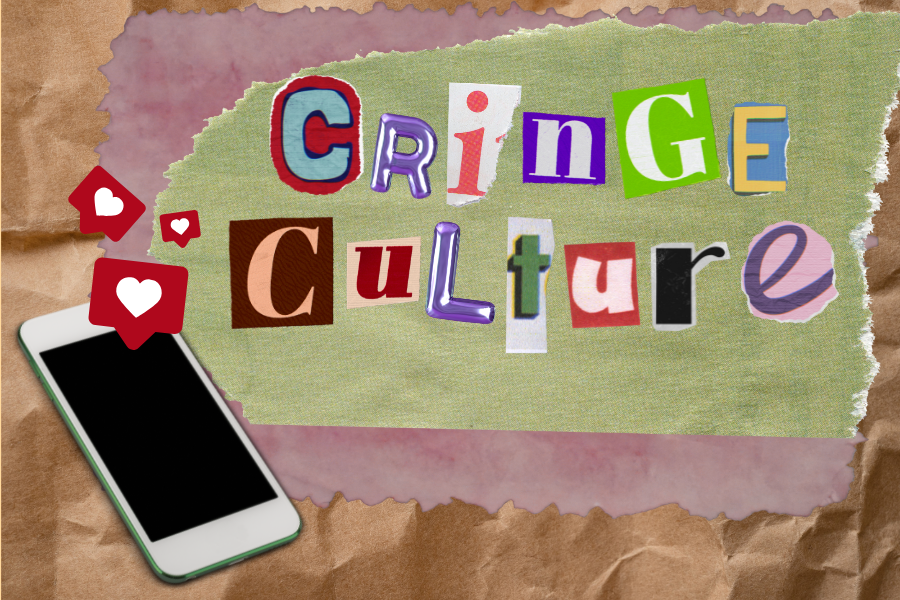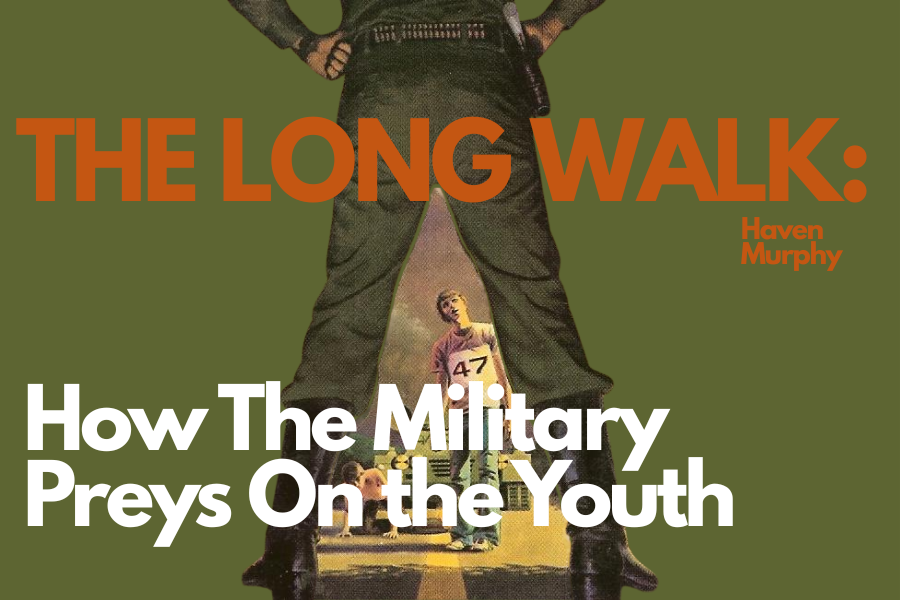Growing up in the late 2000s and early ’10s, superheroes were everywhere. New cinematic universes were being established, comic book characters were newly introduced to the big screen and most importantly–superheroes had substance. Not to say that the heroes popular amongst kids nowadays do not have substance of any kind. But, by looking at some of the popular heroes of today, there are a few key differences, like morality and emotional depth.
But why would things like having good morals, emotional depth and proper representation matter to young kids? How often are kids really thinking about a superhero’s characterization?
Today, a vast amount of the content children consume consist of quick, unstructured reels that lack any kind of meaning and substance. An example of this is “brainrot,” a term most identifiable with gen-z and gen-alpha. Because the internet is being introduced to children younger and younger, and this access is easily unregulated, it isn’t hard for a kid who has a simple understanding of how to access a quick-content app like TikTok or YouTube. Therefore, any video that sounds or looks mildly interesting, has gone viral or is simply “silly” will appeal to these young kids. While there are many new shows for kids with educational and emotional substance, like Bluey for the younger audience, there aren’t really any specific characters, TV shows or movies featuring new heroic characters. Oftentimes, these new, viral brainrot characters are paired with crude personalities or storylines. How does this benefit the impressionable children consuming it other than catching their attention?
Like the people a child may grow up around, the figures seen in entertainment greatly influence a child’s behavior, personality and development–especially in an era where kids will mostly likely have access to the internet. An article published by the National Library of Medicine states that, “Children’s admiration toward cartoon characters enhances various aspects of their development, including creativity, vocabulary, writing skills, language, and cognitive abilities.” It is also stated that cartoons and cartoon characters influence children negatively: “Existing literature suggests that exposure to violent cartoons may contribute to rise in aggressive behavior among children as they may imitate the aggressive actions depicted, fostering real-life tendencies toward aggression.”
A screen time statistics study done by Lurie’s Children’s Hospital of Chicago shows that 59% of children began using screens by the age of 3. Entertainment, whether it is catered to children or not, often reinforces stereotypes that limit a comprehension of diversity and equality, an example being gender stereotypes which contributes to, “reinforcing specific roles and behaviors as suitable for boys or girls, thereby contributing to the formation of rigid gender expectations.” Even if something is not displayed in the home, like unwanted touching and cruel comments, a child could learn these behaviors if shown on TV, even more so if those behaviors are portrayed alongside a specific gender.
While things like screen time regulation should take place in the home to aid in children’s development, some families can not help but resort to electronics due to a lack of child care, excess time at work/away from home and accessibility from schools. Because of the increasing demand for households to have technology and internet access, the cartoons, characters and overall entertainment catered to children and young kids should be developed with the purpose of educating, teaching valuable life lessons, inspiring creativity but also to just have fun! Long days don’t take long in life to start, and if afternoon cartoons help with relieving the stress of the day, there is no harm in having fun and teaching.
The importance of superheroes also calls for the extreme importance of child-friendly and nourishing spaces, like PBS. While PBS already aired shows for children in the early ’90s like Sesame Street and Mister Rogers’ Neighborhood, it wasn’t until 1994 that PBS was established so underprivileged children and inner-city kids could have access to early childhood education on TV. Without PBS and PBS kids, an entire generation of children would have a lack of education and safe, credible sources to develop emotional, social and literacy skills.
Superheroes and superhero figures pioneer the visuals of do-gooders in children’s entertainment. Heroes aren’t limited to just animated or comic book characters, but can also be characters portrayed by real people–for example, my personal favorite–wrestlers! Growing up with 4 brothers in a DVD household, WWE was something I got into very early. At 3 years old, I felt a true affinity for the hero-like wrestlers, like John Cena. The values of John Cena, like respect, were emphasized through his character and inspired me as I grew up. The writing behind these characters is just as important as their visibility and flashy abilities.
Even complex vigilante figures like Batman are important to children. Yes, kids love the way Batman flies and fights crime, but the reasons he does so are just as important as how he does it, even if kids may not understand the underlying meanings immediately. Vigilantes and heroes also reflect historical figures that contribute greatly to society, which helps children associate some of the actions of their heroes to the actions of real people who have changed society and challenged oppression. While the actions of Superman aren’t exactly comparable to the actions of someone like Malcolm X, Shirley Chisolm or Mr. Rogers, seeing real-world events portrayed in children’s entertainment helps in developing empathy, awareness and education for the real world. Topics like oppression, discrimination, inequity and experiencing things that may be unfamiliar outside of the home are important to a developing child’s view of the world and how they see and treat the people around them.
Within the past few years, superheroes have begun to undergo development and new introductions–two examples being Marvel’s Miles Morales/Spiderman and James Gunn’s Superman. Two pre-existing characters being brought to the big screen has started to shape the new generation’s heroes, and both characters have been brought to life with detailed, emotional, creative and complex storytelling. While the designs and physical capabilities of these characters is what attracts an audience, being able to show an audience of children that this super-character may experience the same things as them, and even greater struggles, while also teaching perseverance, empathy and humanity builds a connection from the screen to young minds. Kids portraying the same kindness and compassion they see in their favorite heroes sets the foundation for values later in their lives that exemplify what they consumed growing up.









